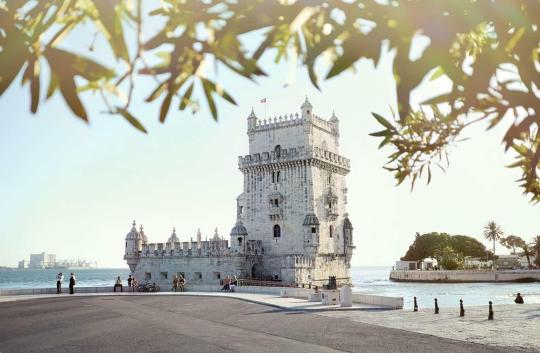#Belém Tower
Text
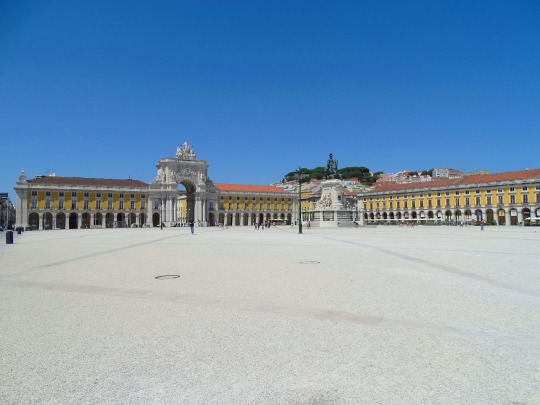







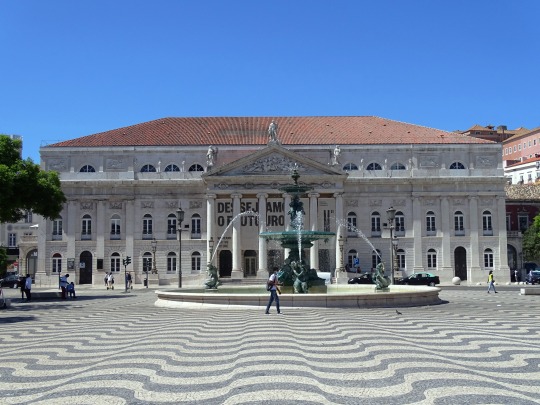
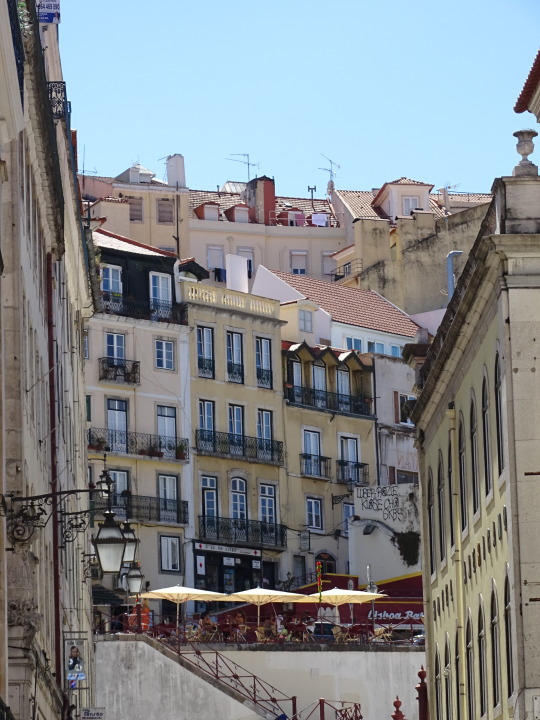
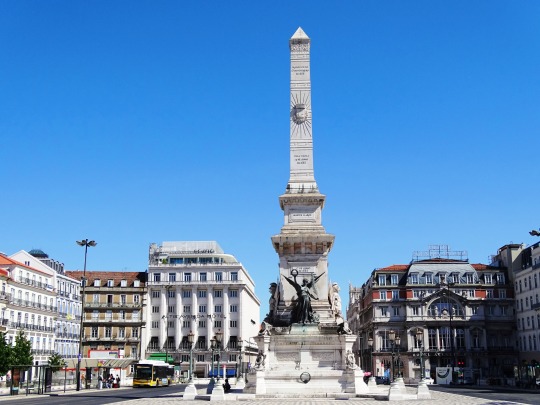
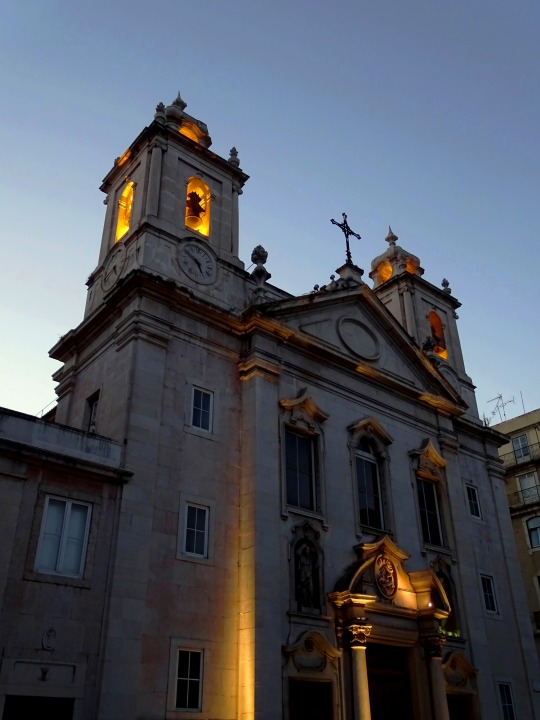

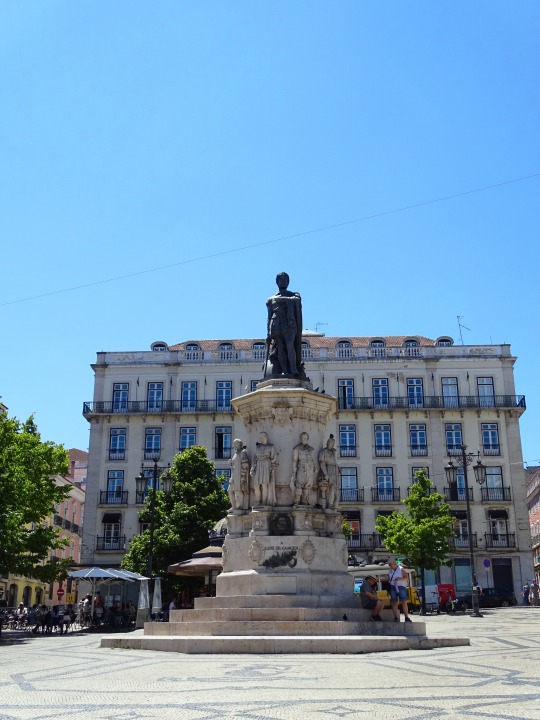

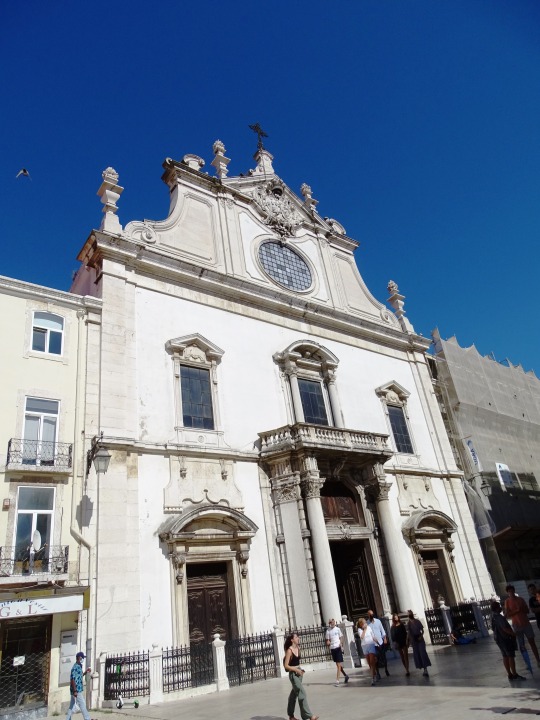

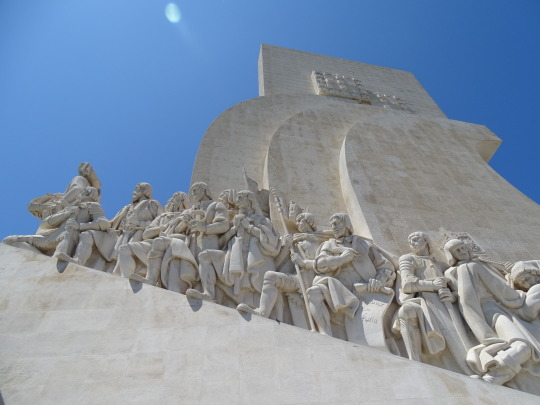
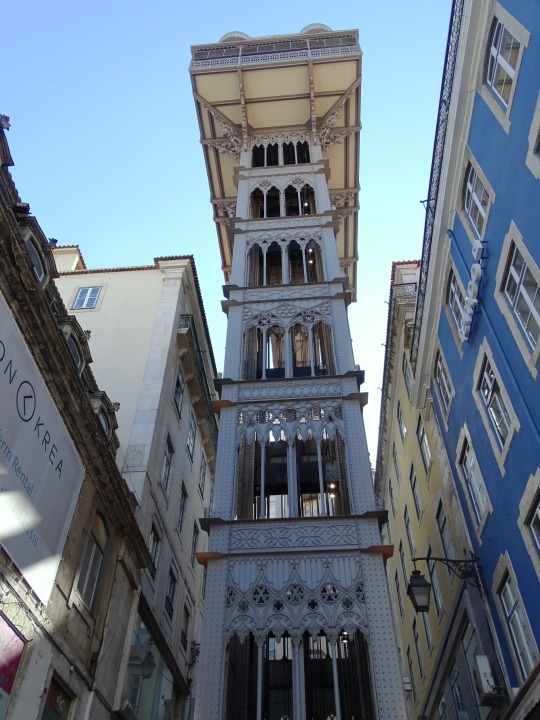
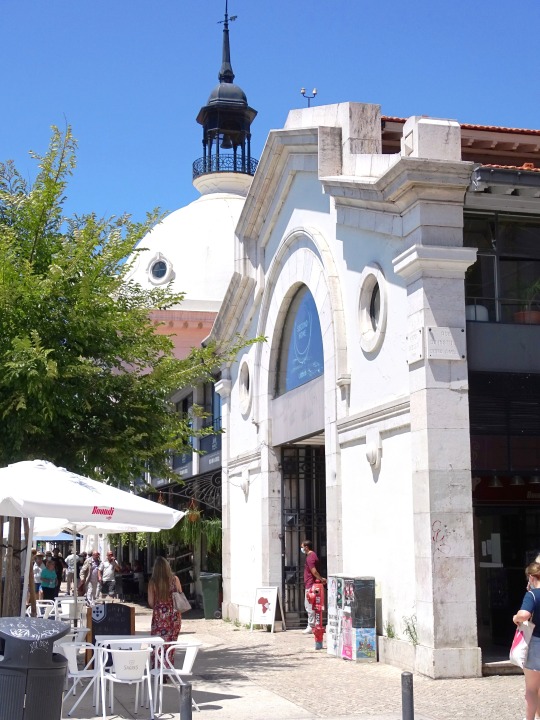



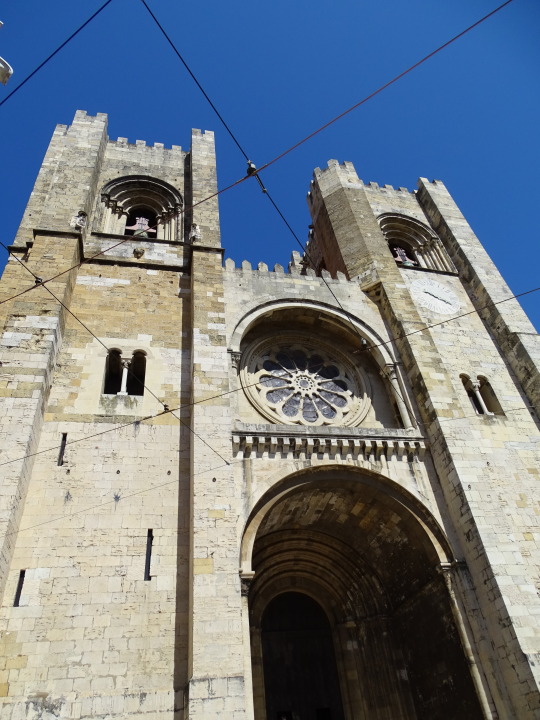
Reconquista: After a siege of four months, crusader knights reconquered Lisbon on October 25, 1147.
#Reconquista#crusader knights#reconquered#Lisbon#25 October 1147#Lisboa#Portugal#summer 2021#original photography#architecture#cityscape#Tagus River#Praça do Comércio#Praça do Município#São Jorge Castle#Belém Tower#Lisbon Cathedral#landmark#tourist attraction#anniversary#history#Southern Europe#travel#vacation
10 notes
·
View notes
Text

Belém Tower, Lisbon, Portugal
Bernardo Lorena Ponte
2 notes
·
View notes
Text

Belém Tower in Lisbon, Portugal
Portuguese vintage postcard, mailed in 1925
#vintage#tarjeta#briefkaart#belém tower#postcard#photography#postal#carte postale#lisbon#tower#sepia#ephemera#portugal#historic#portuguese#ansichtskarte#postkarte#1925#postkaart#mailed#photo#belm
4 notes
·
View notes
Text
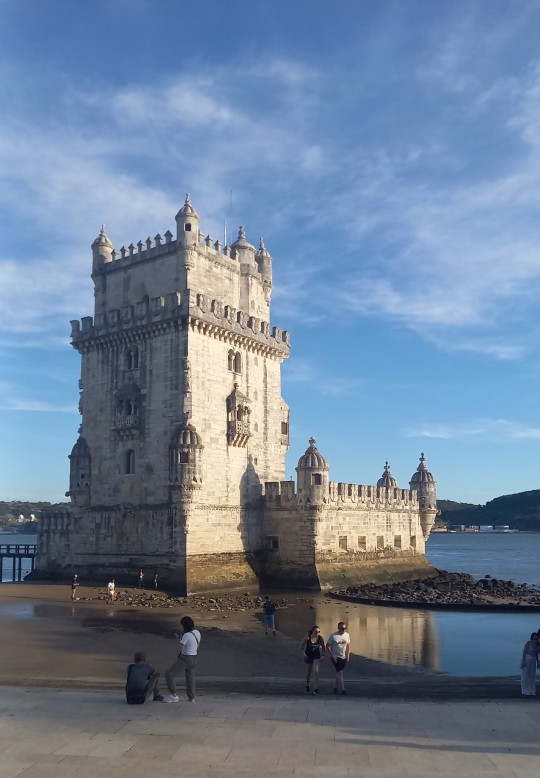
73 notes
·
View notes
Text

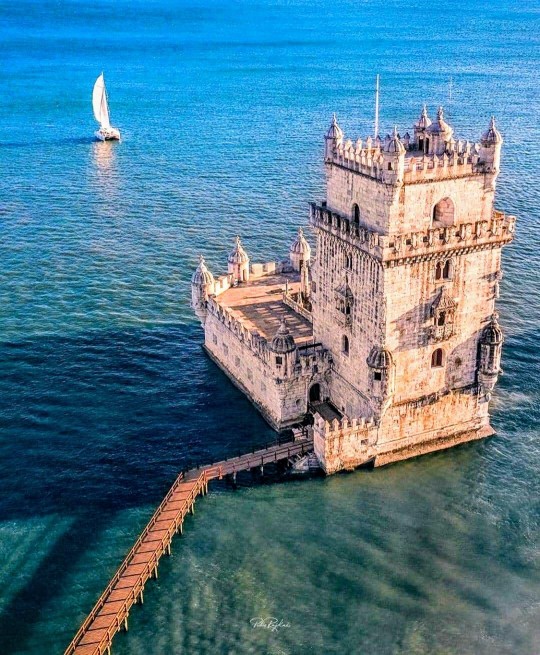

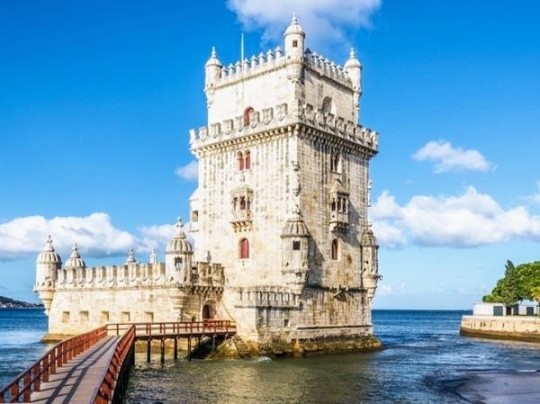
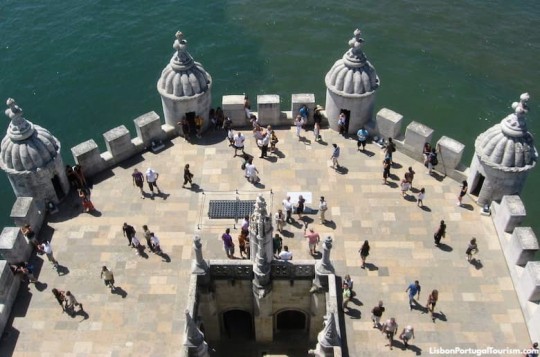

The Belém Tower (Portuguese: Torre de Belém) is a historic tower located in the Belém district of Lisbon, the capital city of Portugal.
Belém Kulesi (Portekizce: Torre de Belém), Portekiz'in başkenti Lizbon'un Belém bölgesinde bulunan tarihi bir kuledir.
برج بيليم (بالبرتغالية: Torre de Belém) هو برج تاريخي يقع في منطقة بيليم في لشبونة ، عاصمة البرتغال.
#torre de belém#belem#lizbon#the belém tower#tarihiyer#europe#lisbon#portugal#travel destinations#travel photography#travel#tower#turizim#turistikyer#portekiz
80 notes
·
View notes
Text


📍 Belém, Lisboa, Portugal
- iPhone 12 Pro
#iphone 12 pro#bridge#portuguese bridge#25 de abril#ponte 25 de abril#April 25 bridge#torre de Belém#torre#Belem tower#lisbon#Lisboa#Portugal
2 notes
·
View notes
Photo
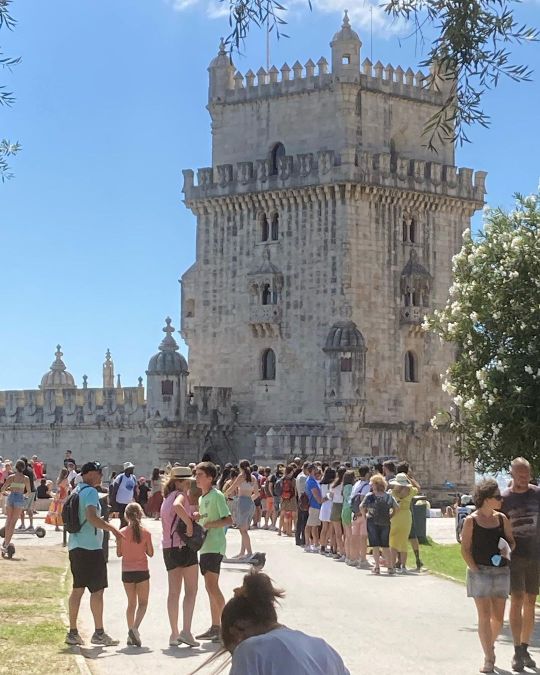
#torredebelém #torredebelem #torre #toren #tower #turm #belém #belem #belemlisboa #lisboa #lissabon #portugal🇵🇹 #portugal #travel #reizen #reisen #viagem #viajar #viaggio #voyage #summerholidays #travelgram #tourism #toerisme #citytrip #stedentrip #ilovetravel #touristtrap #thirtyhashtags #nofilter (bij Torre de Belém) https://www.instagram.com/p/ChkyaH0KmnJ/?igshid=NGJjMDIxMWI=
#torredebelém#torredebelem#torre#toren#tower#turm#belém#belem#belemlisboa#lisboa#lissabon#portugal🇵🇹#portugal#travel#reizen#reisen#viagem#viajar#viaggio#voyage#summerholidays#travelgram#tourism#toerisme#citytrip#stedentrip#ilovetravel#touristtrap#thirtyhashtags#nofilter
0 notes
Text
A compendium of references to Portugal in Japanese video games
The beginning of the historical relations between Portugal and Japan dates to the year 1541, when a Portuguese ship washed ashore at Jingujiura. Nearly sixty Japanese words are of Portuguese origin. A variety of Japanese traditions and culinary delights were introduced by Portuguese traders, sailors and missionaries. But in what way has this cultural exchange extended to the more recent phenomenon of Japanese digital games? As a portuguese devotee of Japanese culture, the topic seemed relevant enough to merit some additional exploration.

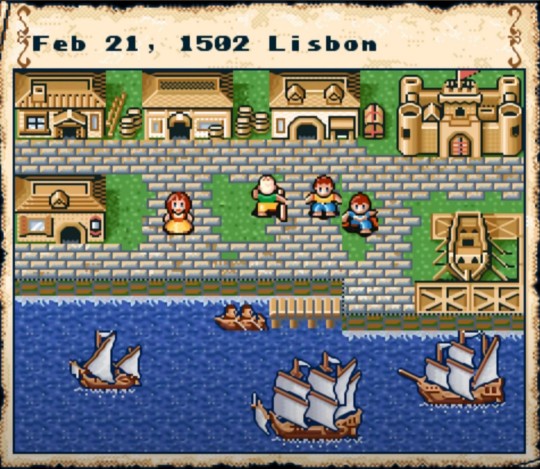
To my knowledge, the first significant reference to Portugal in Japanese video game is found in Koei's The Age of Discovery from 1990, a game published in the west under the title Uncharted Waters. The main character is a disgraced Portuguese nobleman named Leon Ferrero who resorts to maritime exploration, trade and naval warfare to restore his family's good name and prestige.

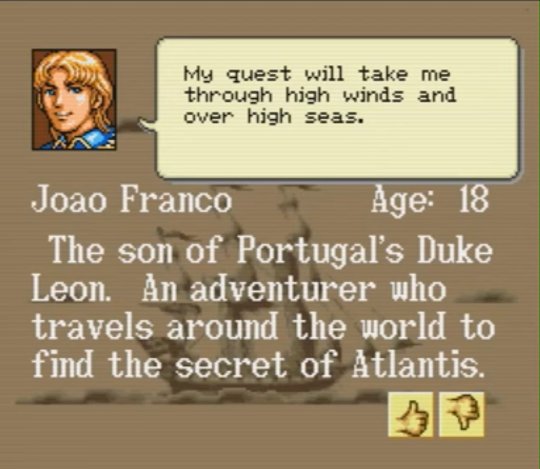
Its 1993 sequel, known in the west as New Horizons, diversifies the base game structure of the original by including multiple characters to select from, each with their own story and mission. Among them is the tale of João Franco, the son of the original episode's protagonist Leon, who sets out to discover the mysterious location of the fabled Atlantis, no less.

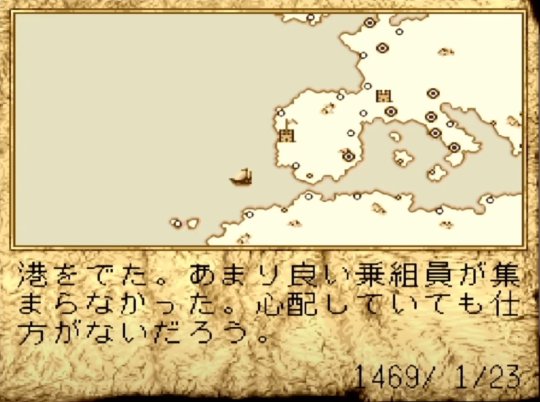
Another meaningful reference can be found a year later in ArtDink's 1991 strategy game The Atlas, in which the player takes on the role of a 15th century explorer with a five year contract with the King of Portugal to discover and chart lands around the Iberian Peninsula.
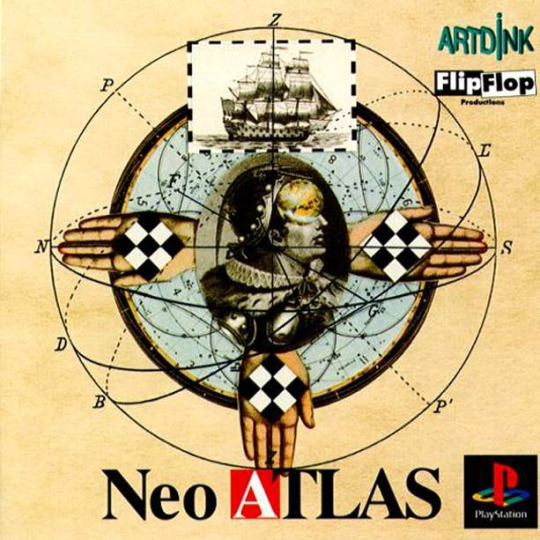

In 1998, ArtDink recreated the game for contemporary systems and published as Neo Atlas. The protagonist is a Portuguese trading company owner seeking business expansion opportunities in remote territories, as well as discover and chart hitherto unknown parts of the globe. A similar premise is found in a later sequel, Neo Atlas III.
Apart from nautical strategy games, a few other titles exist where mentions to the Portuguese territory, language and culture can be traced.

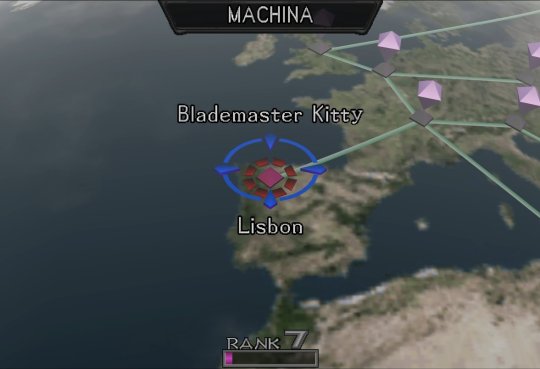
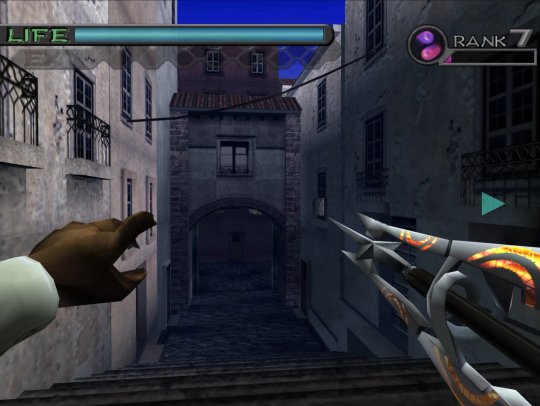
Atlus' futuristic vision of Earth in Maken X includes a most unexpected tour of Europe, with a mandatory stop in Lisbon. Inexplicably, the developers got its geographic location wrong and moved to all the way to the northern Spanish region of Léon. The level, itself, boasts a reasonably accurate depiction of one of the city's oldest quarters, Alfama, and the architectural styles found therein.

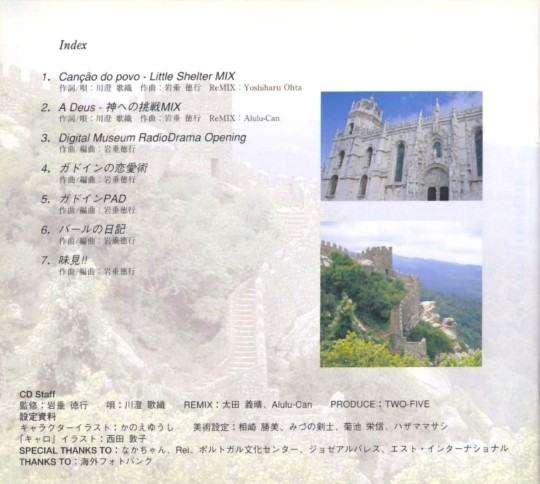
Although I could not discern any actual references in the game itself, the Grandia II soundtrack by the veteran composer Noriyuki Iwadare contains two themes whose lyrics are written in Portuguese: A Deus, a double-entendre that can be translated to both farewell and to God; and Canção do Povo, meaning People's Song. Also, the name of the official soundtrack is named Melodia, which translates to Melody as you'd expect. Both themes were performed by guest singer Kaori Kawasumi, who took on the composer's challenge to sing them despite her not knowing the language.
She was coached and assisted by José Álvarez and Motoi Sato from the Portuguese Arts and Culture Center in Japan, whom she thanks in the acknowledgement section. The Grandia II Special Package edition booklet contains a page with two photos of Portugal, one for the Jéronimos Monastery in Lisbon and the other, seemingly, for the Moorish Castle in the nearby town of Sintra.

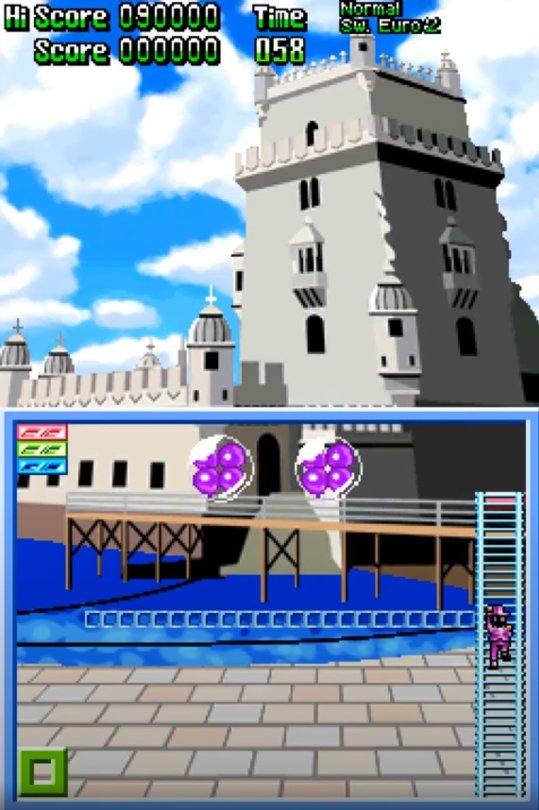

The last Pomping World (a.ka. Buster Bros/Pang) that Mitchell Corporation ever produced before shutting down was the 2010 DS European exclusive Magical Michael. It includes two levels set in Portugal, one in Lisbon by the Belém tower, a nautical landmark, and the other in the Sintra National Palace. Their representation is at once pleasingly stylized and true to life.


This final reference is found in Spike Chunsoft's third installment of their successful visual novel series, Nyūdanganronpa V3 Minna No Koroshiai Shin Gakki. Among the dozens of MonoMono machine items that can be acquired, one is a weathercock styled after a traditional Portuguese folktale hero, the Galo de Barcelos, meaning the rooster of Barcelos, a town in Northern Portugal.
As per the description, this animal became famous through an age-old tale involving a man wrongly sentenced to death who seconds before his execution remarked he was as certain to be innocent as it was certain that a nearby rooster would sing. Because the bird did crow, much to everyone's amazement, he was exonerated. Thus, the black rooster became a symbol for truth.
I would like to thank @diogojira and @DanielOlimac for their assistance in making this article possible.
#Japanese history#Portugal#culture#tradition#japanese videogames#portuguese references in japanese video games#Uncharted waters#the atlas#neo atlas#maken X#pang#magical michael#grandia II#koei#atlus#game arts#mitchell corporation#spike chunsoft#artdink#lisbon#alfama#sinta#Noriyuki Iwadare#kaori kawasume
44 notes
·
View notes
Text
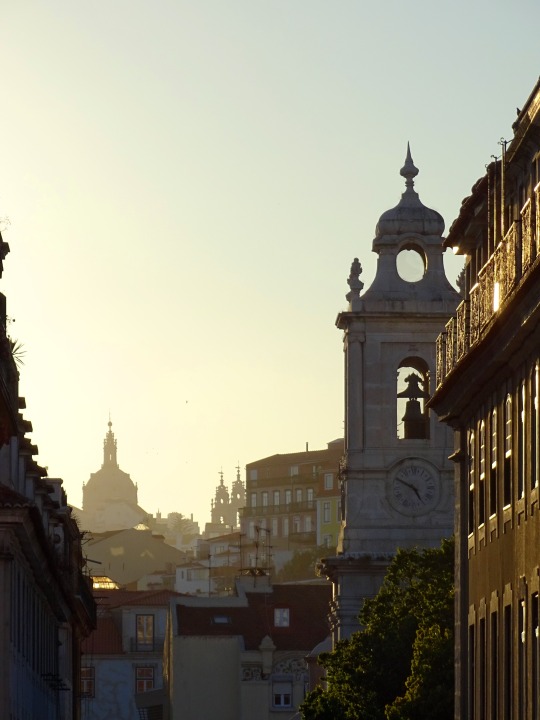
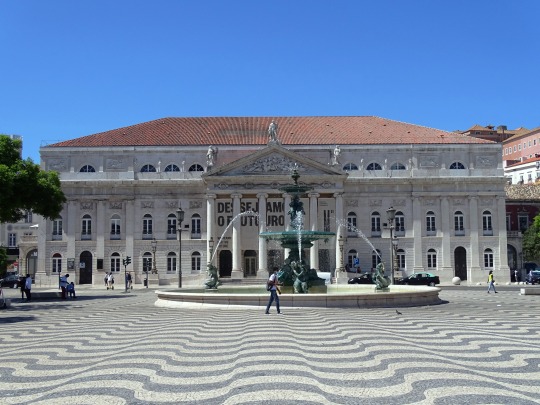
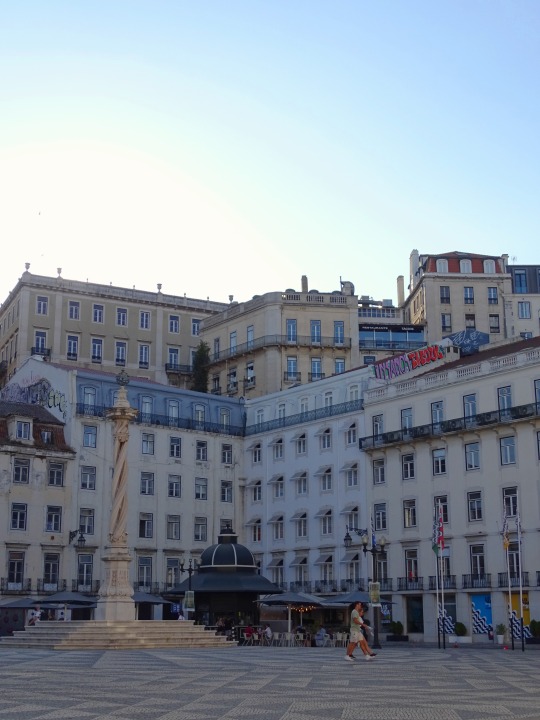
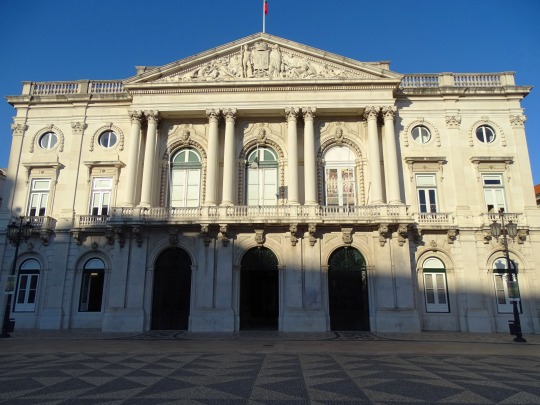



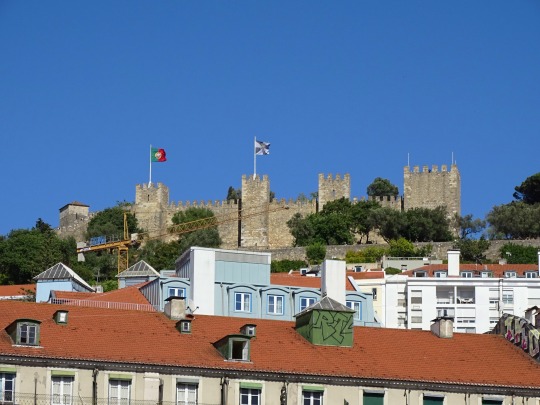

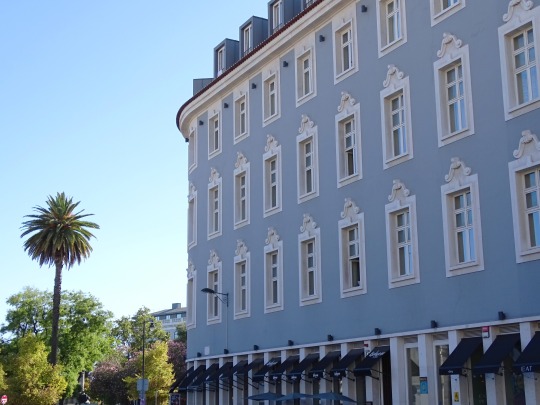

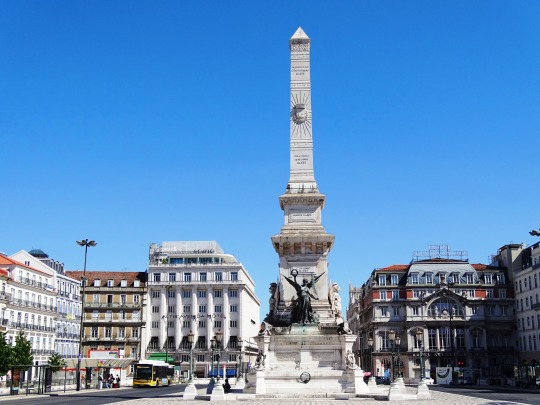




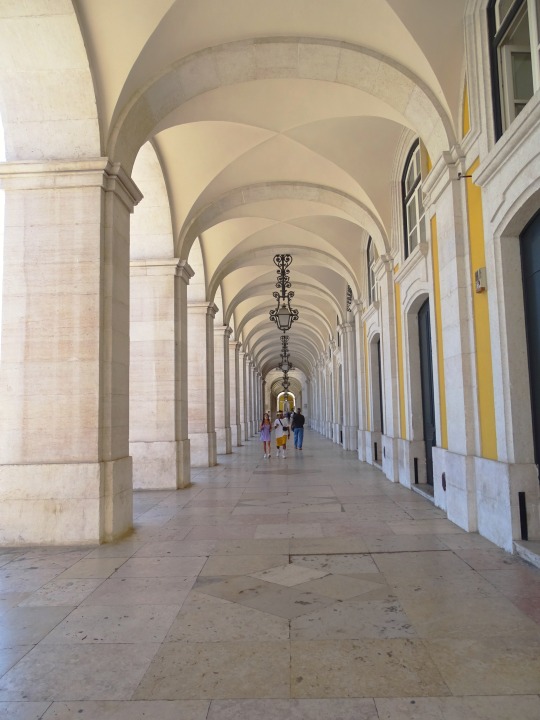

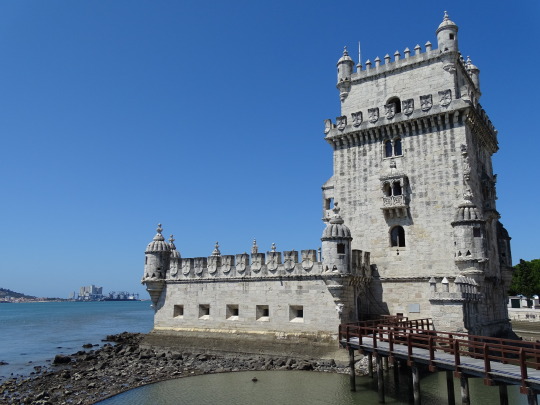
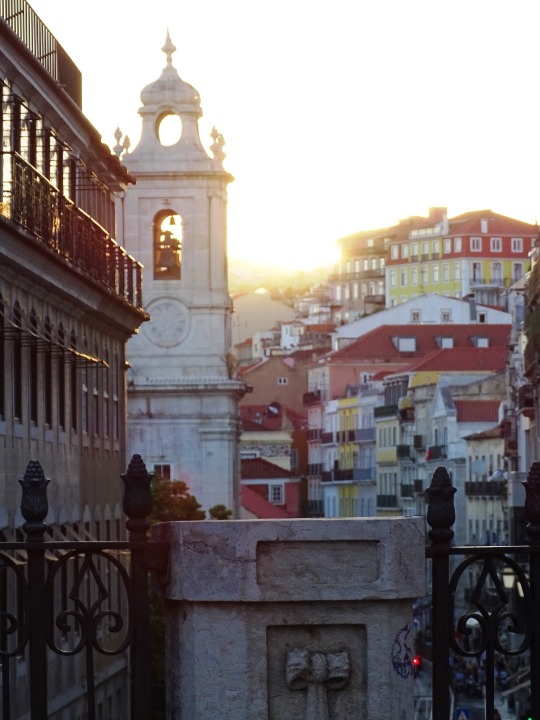
Jean-Andoche Junot's French army entered Lisbon on the November 30, 1807, whereupon the Portuguese royal family departed for Brazil where they would remain until 1821.
#Praça do Comércio#Jean-Andoche Junot#entered#Lisbon#Lisboa#travel#30 November 1807#anniversary#Portuguese history#Portugal#vacation#original photography#summer 2021#architecture#cityscape#Praça do Município#Rossio Square#Belém Tower#São Jorge Castle#Lisbon Cathedral#tourist attraction#landmark#Southern Europe
8 notes
·
View notes
Text


Belém Tower, Lisbon, Portugal
Tânia Mousinho
1 note
·
View note
Text

Belém Tower - Lisbon, Portugal
©2022 by John A. Royston - Nosealviewing™
All rights reserved
43 notes
·
View notes
Text
Monastery of the Hieronymites and Tower of Belem in Lisbon

Welcome to Lisbon, where history comes to life amidst the charming streets and iconic landmarks. Today, we're diving into the rich heritage of the Monastery of the Hieronymites and Tower of Belém, two UNESCO World Heritage sites that stand as testaments to Portugal's glorious past.
In 1983, the Monastery of the Hieronymites and Tower of Belém were collectively designated as UNESCO World Heritage sites, recognizing their outstanding cultural and historical significance. As icons of Portugal's Age of Discovery, these monuments serve as reminders of the country's pioneering spirit and global influence.
Nestled in the picturesque neighborhood of Belém, the Monastery of the Hieronymites (Mosteiro dos Jerónimos) is a masterpiece of Manueline architecture, named after the Order of Saint Jerome who inhabited the monastery. Its intricate façade adorned with delicate carvings and elaborate sculptures is a sight to behold, drawing visitors from far and wide to marvel at its grandeur.
Standing proudly on the banks of the Tagus River, the Tower of Belém (Torre de Belém) is a symbol of Portugal's maritime heritage and a masterpiece of military architecture. Built in the 16th century as a fortress to defend Lisbon's harbor, the tower boasts a unique blend of Moorish, Renaissance, and Manueline influences, making it a true architectural gem.
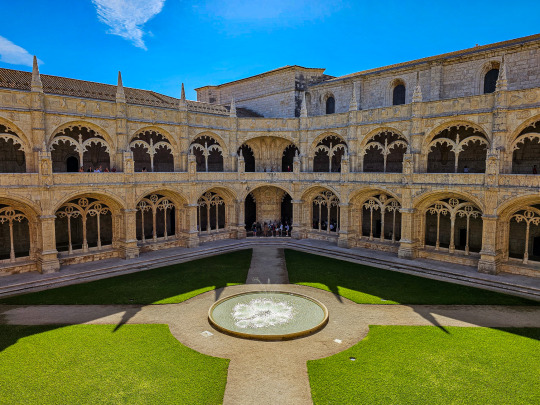
Stepping inside the Monastery of the Hieronymites and Tower of Belém is like stepping back in time, as each stone and every detail tells a story of Portugal's illustrious past. From the monks who once walked the cloisters of the monastery to the sailors who manned the cannons of the tower, the echoes of history are palpable in every corner.
Visitors to Lisbon can immerse themselves in the city's maritime legacy by exploring the Monastery of the Hieronymites and Tower of Belém. Wander through the cloisters of the monastery, admire the intricate details of the Manueline architecture, and climb to the top of the tower for panoramic views of the river and beyond.
Throughout the year, the Monastery of the Hieronymites and Tower of Belém host a variety of cultural events and exhibitions, offering visitors the opportunity to delve deeper into Portugal's rich history and heritage. From art exhibitions to music concerts, there's always something new to discover in these historic landmarks.
Preserving the Monastery of the Hieronymites and Tower of Belém for future generations is a top priority for Portuguese authorities, who have implemented rigorous conservation measures to protect these iconic landmarks. From restoration work to environmental monitoring, every effort is made to ensure that these UNESCO World Heritage sites remain intact for years to come.
Ready to embark on a journey through Lisbon's storied past? Plan your visit to the Monastery of the Hieronymites and Tower of Belém today and immerse yourself in the rich history and culture of Portugal. Whether you're a history buff, an architecture enthusiast, or simply someone who appreciates the beauty of the past, these UNESCO World Heritage sites are sure to captivate your imagination and leave you longing for more.🏰🇵🇹
6 notes
·
View notes
Text

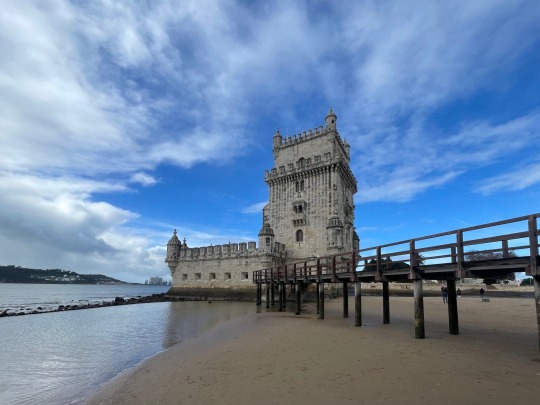
.
Torre de Belém
We took a chance and went to Belem tower hoping we will at least see it between shower... and we did, but because of the inclement weather we couldn't visit the inside.
Officially the Torre de São Vicente (Tower of Saint Vincent) is a 16th-century fortification that served as a point of embarkation and disembarkation for Portuguese explorers and as a ceremonial gateway to Lisbon. This tower symbolizes Portugal's maritime and colonial power in early modern Europe. It was built during the height of the Portuguese Renaissance, and is a prominent example of the Portuguese Manueline style. Since 1983, the tower has been a UNESCO World Heritage Site, along with the Jerónimos Monastery.
5 notes
·
View notes
Text
Unveiling Lisbon: A Decalogue of Enriching Experiences
Nestled along the picturesque shores of the Tagus River, Lisbon, Portugal, stands as a beacon of cultural richness and historical allure. For the discerning traveler seeking more than mere sightseeing, this European gem offers a plethora of distinctive activities. Here are 10 refined pursuits to elevate your sojourn in Lisbon.

A Fado Soirée at Tasca do Chico
Immerse yourself in the melancholic cadence of Fado, Portugal's soulful musical genre, at Tasca do Chico. This intimate venue, hidden in the heart of Bairro Alto, encapsulates the quintessence of Lisbon's musical heritage. Let the evocative tunes and intimate ambiance transport you to the heart of Portuguese emotion.
Wander the Alfama District's Mosaic of Streets
Embark on an odyssey through Alfama, Lisbon's oldest district, where time seems to stand still amidst labyrinthine alleys and vibrant street art. Explore the São Jorge Castle, an ancient Moorish citadel, and savor panoramic vistas of the city's undulating landscape, a fusion of history and modernity.
Indulge in Pastéis de Nata at Pastelaria de Belém
Delight your palate with Portugal's iconic custard tart, the Pastel de Nata, at Pastelaria de Belém. Revered for its secret recipe dating back centuries, this patisserie in Belém crafts these golden-hued delicacies with a perfection that borders on alchemy. Prepare for a gustatory revelation.
Ascend the Elevador de Santa Justa
Ascend to the skies aboard the Elevador de Santa Justa, an iron marvel intertwining history and innovation. From the summit, witness Lisbon's undulating terrain unfold beneath you, juxtaposing the medieval Alfama with the modernity of Baixa—a visual symphony that echoes through time.
Traverse the LX Factory's Cultural Kaleidoscope
In the revitalized LX Factory, a former industrial complex turned cultural hub, uncover a mosaic of creativity. From artisanal boutiques to avant-garde galleries, this eclectic enclave pulsates with the vibrancy of Lisbon's contemporary art scene—a testament to the city's harmonious blend of tradition and innovation.
Engage Your Senses at Mercado da Ribeira
Embark on a culinary odyssey at Mercado da Ribeira, where gastronomic delights converge under one roof. From fresh seafood to artisanal cheeses, this market in the heart of Cais do Sodré encapsulates Lisbon's culinary diversity. Savor the flavors and aromas that define Portuguese gastronomy.
Traverse the Belem Tower's Maritime Legacy
Marvel at the Belem Tower, an architectural gem that once guarded Lisbon's harbor. This fortress, with its intricate Manueline design, narrates tales of maritime exploration and Portugal's Age of Discovery. Traverse its chambers and ramparts, each echoing with the whispers of bygone seafaring adventures.
Bask in the Sunlight at Praia do Guincho
Escape the urban rhythm and embrace the Atlantic breeze at Praia do Guincho. This pristine beach, embraced by rugged cliffs, offers a tranquil retreat just a short drive from Lisbon. Whether a leisurely stroll or a windswept meditation, let the vastness of the ocean inspire a moment of introspection.
Discover the Calouste Gulbenkian Museum's Artistic Pantheon
Immerse yourself in artistry at the Calouste Gulbenkian Museum, a bastion of cultural treasures. From ancient artifacts to modern masterpieces, this institution unfolds a visual narrative spanning millennia. Wander through its galleries and corridors, where each exhibit beckons with a story waiting to be unraveled.
Navigate the City's Hills with Tram 28
Embark on a nostalgic journey through Lisbon's undulating terrain aboard Tram 28. This iconic yellow tram traverses the city's hills, offering a kaleidoscopic view of its architectural splendors. As you rattle through the cobbled streets, absorb the essence of Lisbon's past and present converging in a rhythmic dance.
Lisbon beckons not merely as a destination but as an immersive tapestry of experiences with this best things to do in Lisbon Portugal. Beyond the conventional tourist trail, these ten refined pursuits promise to unveil the essence of a city where history, culture, and modernity harmonize in an exquisite symphony. Indulge your senses, traverse the labyrinthine alleys, and let Lisbon's enchantment unfold in every step, an odyssey of unparalleled richness awaits the discerning traveler.
3 notes
·
View notes
